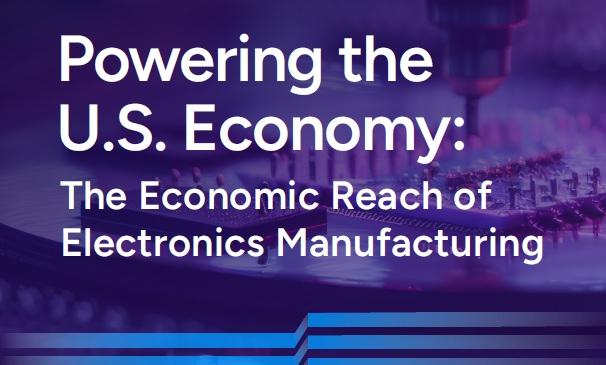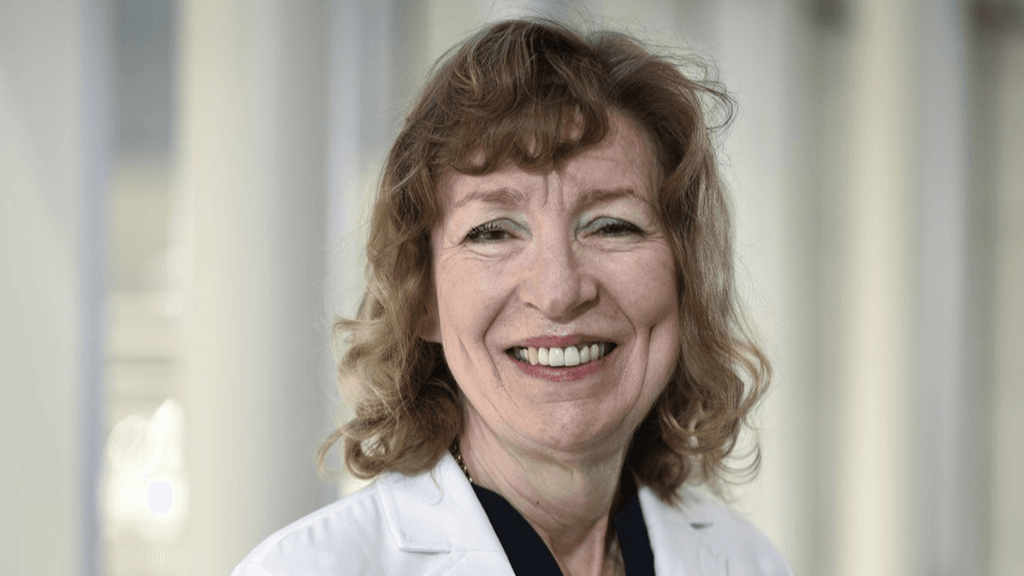CM Riley, Roads to Success and AIMHIGH sponsoring 40 Bronx youths to attend financial empowerment conference – Bronx Times
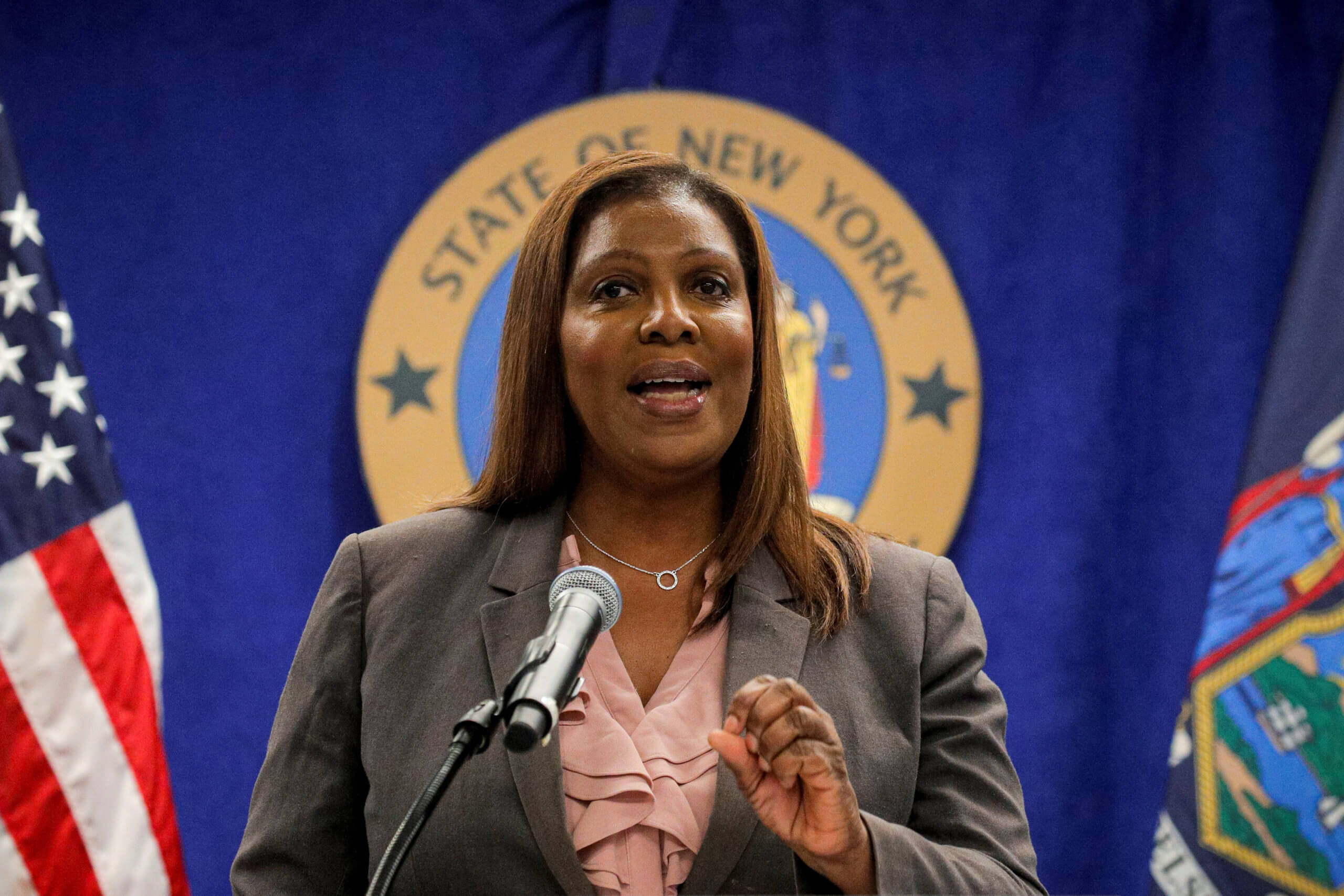
Report on a Youth Empowerment Initiative Advancing Sustainable Development Goals in New York City
Executive Summary
A strategic partnership has been formed between New York City Council Member Kevin C. Riley, the non-profit Roads to Success, and the youth development organization AIMHIGH Empowerment Institute Inc. This collaboration will sponsor 40 youths from the Bronx to attend the Invest Fest 2025 financial empowerment conference. The initiative directly addresses several United Nations Sustainable Development Goals (SDGs) by focusing on financial literacy, entrepreneurship, and equitable opportunities for underrepresented communities.
Strategic Partnership for the Goals (SDG 17)
This initiative exemplifies a multi-stakeholder partnership, a core principle of SDG 17 (Partnerships for the Goals). It combines resources from:
- Public Sector: The office of NYC Council Member Kevin C. Riley, providing political leadership and investment.
- Civil Society: Roads to Success, a non-profit organization serving over 7,000 youths across New York City.
- Youth Development Organization: AIMHIGH Empowerment Institute Inc., specializing in youth mentorship and empowerment.
This collaborative model is designed to maximize impact by leveraging the unique strengths of each partner to empower the next generation of leaders.
Alignment with Key Sustainable Development Goals
The program’s objectives are fundamentally aligned with the 2030 Agenda for Sustainable Development, with a significant focus on the following goals:
- SDG 1: No Poverty
The initiative directly confronts poverty by equipping youth with tools to achieve financial independence. As stated by Roads to Success CEO Sheila Duke, “Financial literacy and entrepreneurship are crucial life skills that can break the cycle of poverty and build generational wealth.” - SDG 4: Quality Education
The program provides vital non-formal education in financial literacy, investment, and business ownership. This aligns with Target 4.4, which aims to increase the number of youths with relevant skills for employment and entrepreneurship. Preparatory workshops for participants and their families further underscore the commitment to comprehensive education. - SDG 8: Decent Work and Economic Growth
By exposing participants to entrepreneurship and investment strategies at Invest Fest, the program promotes skills for creating decent work and fostering sustainable economic growth. The goal is to inspire “a mindset for financial independence and business ownership,” contributing directly to a more dynamic and inclusive economy. - SDG 10: Reduced Inequalities
The initiative specifically targets youths from the Bronx, a community often underrepresented in financial and entrepreneurial spheres. By providing access to national-level networking and high-profile role models, the program works to reduce socioeconomic inequalities and empower marginalized youth, in line with Target 10.2.
Program Details: Invest Fest 2025
Invest Fest is an annual conference designed to merge finance and culture to empower a new generation of investors and entrepreneurs. The experience for the 40 Bronx youths will be fully funded and supported.
Conference Features
- Educational Content: Panel discussions, live interviews, and keynote speeches from industry leaders such as Jack Dorsey and Earvin “Magic” Johnson.
- Networking: Opportunities to connect with business executives, innovators, and creatives from across the nation.
- Entrepreneurial Exposure: A marketplace featuring over 400 small businesses, providing real-world examples of enterprise.
- Comprehensive Support: All expenses, including transportation, accommodations, meals, and event tickets, will be covered. Participants will be accompanied by chaperones.
Anticipated Outcomes and Long-Term Impact
The initiative is designed to be a “transformational journey” with measurable results. Based on outcomes from previous years, the anticipated impacts include:
- Mindset Shift: Instilling a belief in the possibility of financial independence and wealth creation.
- Practical Application: Motivating participants to take tangible actions, such as forming youth investment clubs and launching small businesses.
- Community Development: Investing in the future of the Bronx by empowering its young people to become future changemakers and economic leaders.
- Sustainable Empowerment: Providing an “eye-opening experience” that combines inspiration with the practical knowledge needed to turn “dreams into reality.”
SDGs Addressed in the Article
-
SDG 1: No Poverty
The article addresses SDG 1 by focusing on initiatives aimed at breaking the cycle of poverty. The CEO of Roads to Success, Sheila Duke, is quoted saying, “Financial literacy and entrepreneurship are crucial life skills that can break the cycle of poverty and build generational wealth.” This directly connects the program’s goals to poverty reduction through economic empowerment.
-
SDG 4: Quality Education
This goal is central to the article. The entire initiative is an educational experience designed to provide young people with skills not typically covered in traditional curricula. The article highlights providing “financial literacy,” “investment skills,” and knowledge about “entrepreneurship” and “business ownership.” The organization of preparatory workshops further underscores the focus on quality, practical education.
-
SDG 8: Decent Work and Economic Growth
The program aims to equip youth with the tools for future economic success, aligning with SDG 8. By teaching financial independence, entrepreneurship, and investment, the initiative prepares participants for “decent jobs and entrepreneurship.” The article mentions that after a previous event, students “launched small businesses,” a direct contribution to economic growth.
-
SDG 10: Reduced Inequalities
The article emphasizes that the program targets “underrepresented” youth from the Bronx. The goal is to provide them with opportunities they might not otherwise have, thereby reducing inequalities. Council Member Riley states the importance of helping them “see beyond their everyday environment,” and the initiative is described as a path to “economic empowerment” for communities that are “often underrepresented.”
-
SDG 17: Partnerships for the Goals
The initiative described is a clear example of a multi-stakeholder partnership. The article explicitly states that “New York City Council Member Kevin C. Riley is partnering with the non-profit Roads to Success and the youth development organization AIMHIGH Empowerment Institute Inc.” This collaboration between a public entity and civil society organizations to achieve a common goal is the essence of SDG 17.
Specific Targets Identified
-
SDG 1: No Poverty
- Target 1.4: By 2030, ensure that all men and women, in particular the poor and the vulnerable, have equal rights to economic resources… The program directly addresses this by providing youth from an underrepresented community with knowledge and skills (“financial literacy,” “investment skills”) to gain access to and control over economic resources and build “generational wealth.”
-
SDG 4: Quality Education
- Target 4.4: By 2030, substantially increase the number of youth and adults who have relevant skills, including technical and vocational skills, for employment, decent jobs and entrepreneurship. The article’s core focus is on sponsoring “40 Bronx youths” to attend a conference on “investing, entrepreneurship, pop culture, and entertainment” and providing them with “essential tools for their personal and professional development,” which are relevant skills for entrepreneurship.
-
SDG 8: Decent Work and Economic Growth
- Target 8.6: By 2020, substantially reduce the proportion of youth not in employment, education or training. Although the target year has passed, the initiative’s spirit aligns with this goal. By investing in youth and providing them with skills and inspiration, the program aims to ensure they are “equipped, inspired and empowered,” thereby reducing their risk of being unemployed or disengaged from education or training in the future.
-
SDG 10: Reduced Inequalities
- Target 10.2: By 2030, empower and promote the social, economic and political inclusion of all, irrespective of age, sex, disability, race, ethnicity, origin, religion or economic or other status. The program specifically targets “Bronx youths” from “communities that are often underrepresented” to provide them with “economic empowerment, financial literacy and wealth-building” opportunities, directly promoting their economic inclusion.
-
SDG 17: Partnerships for the Goals
- Target 17.17: Encourage and promote effective public, public-private and civil society partnerships, building on the experience and resourcing strategies of partnerships. The article details such a partnership between a public official (“NYC Council Member Kevin C. Riley”), a non-profit (“Roads to Success”), and a youth development organization (“AIMHIGH Empowerment Institute Inc.”), showcasing a collaborative model for youth development.
Indicators Mentioned or Implied
-
For SDG 4 (Quality Education) & SDG 10 (Reduced Inequalities)
- Number of youth participating in skills development programs: The article explicitly states the program will “sponsor 40 Bronx youths to participate.” This is a direct quantitative indicator of the program’s reach.
- Number of preparatory educational sessions: The article mentions that the partners will host “a series of four workshops to prepare the youths who will be going.” This indicates the depth and structure of the educational component.
- Qualitative outcomes of the program (implied): The article implies that progress can be measured by the actions of the participants after the event. It notes that after the previous year’s festival, students “formed youth investment clubs, launched small businesses and began building wealth on their own terms.” These are measurable outcomes that indicate the program’s success.
-
For SDG 17 (Partnerships for the Goals)
- Number and type of partners involved: The article identifies a multi-sector partnership involving one public partner (NYC Council Member Kevin C. Riley) and two civil society partners (Roads to Success, AIMHIGH Empowerment Institute Inc.). This serves as an indicator of a functioning partnership for the goals.
SDGs, Targets, and Indicators Analysis
| SDGs | Targets | Indicators |
|---|---|---|
| SDG 1: No Poverty | 1.4: Ensure equal rights to economic resources. | Providing skills in “financial literacy and entrepreneurship” to “break the cycle of poverty.” |
| SDG 4: Quality Education | 4.4: Increase the number of youth with relevant skills for entrepreneurship. |
|
| SDG 8: Decent Work and Economic Growth | 8.6: Reduce the proportion of youth not in employment, education or training. | Providing skills and inspiration to youth to prepare them for “financial independence and business ownership.” |
| SDG 10: Reduced Inequalities | 10.2: Empower and promote the social and economic inclusion of all. |
|
| SDG 17: Partnerships for the Goals | 17.17: Encourage and promote effective public and civil society partnerships. | Existence of a partnership between a public official (Council Member) and two civil society organizations (Roads to Success, AIMHIGH). |
Source: bxtimes.com

What is Your Reaction?
 Like
0
Like
0
 Dislike
0
Dislike
0
 Love
0
Love
0
 Funny
0
Funny
0
 Angry
0
Angry
0
 Sad
0
Sad
0
 Wow
0
Wow
0

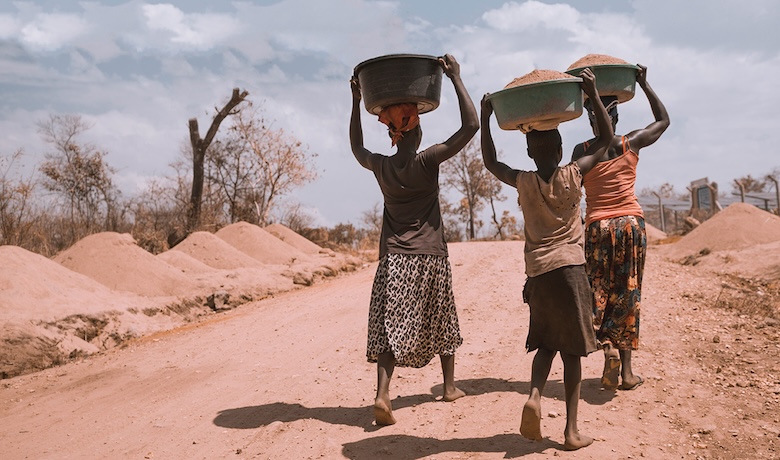









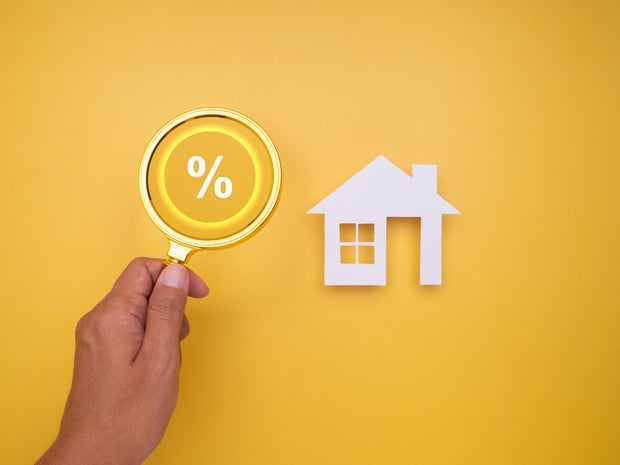






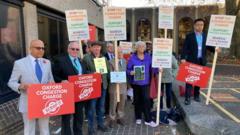





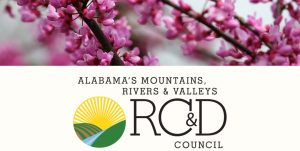








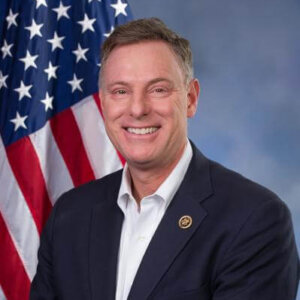




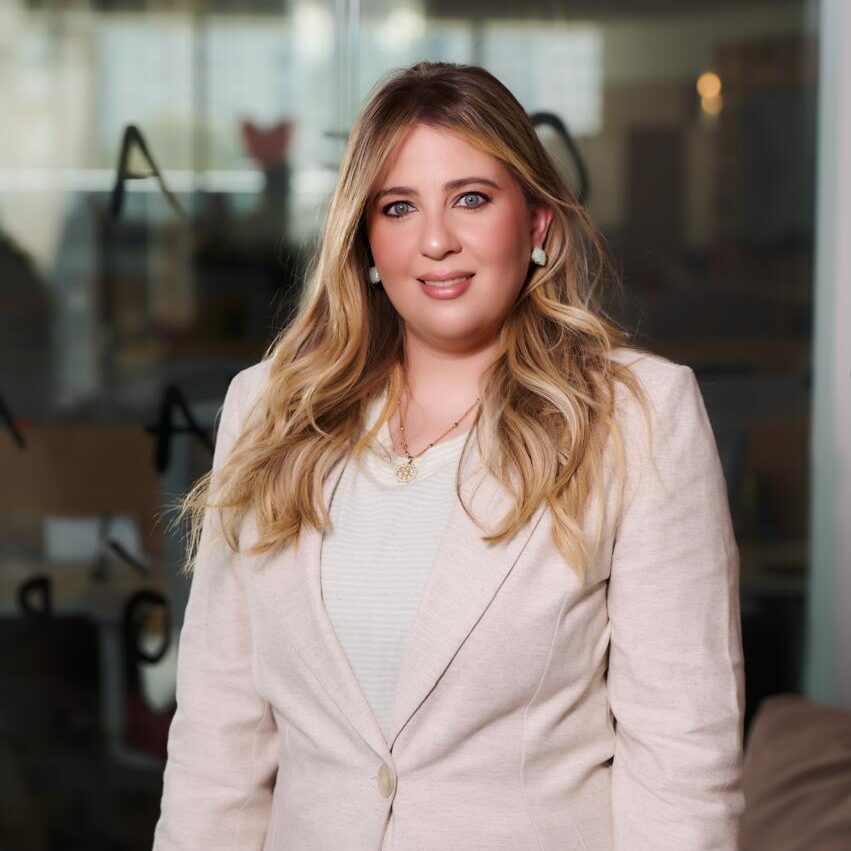


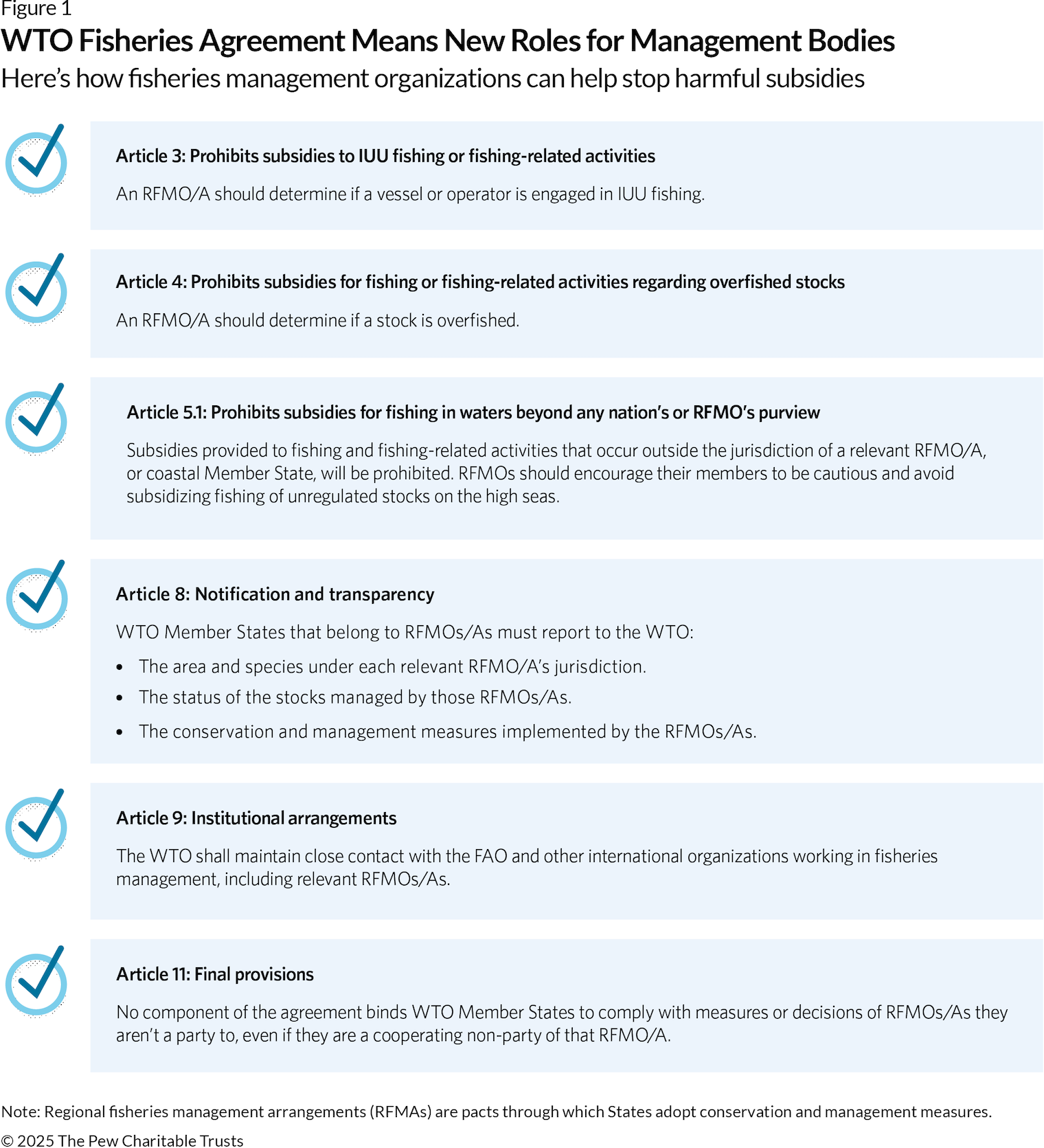

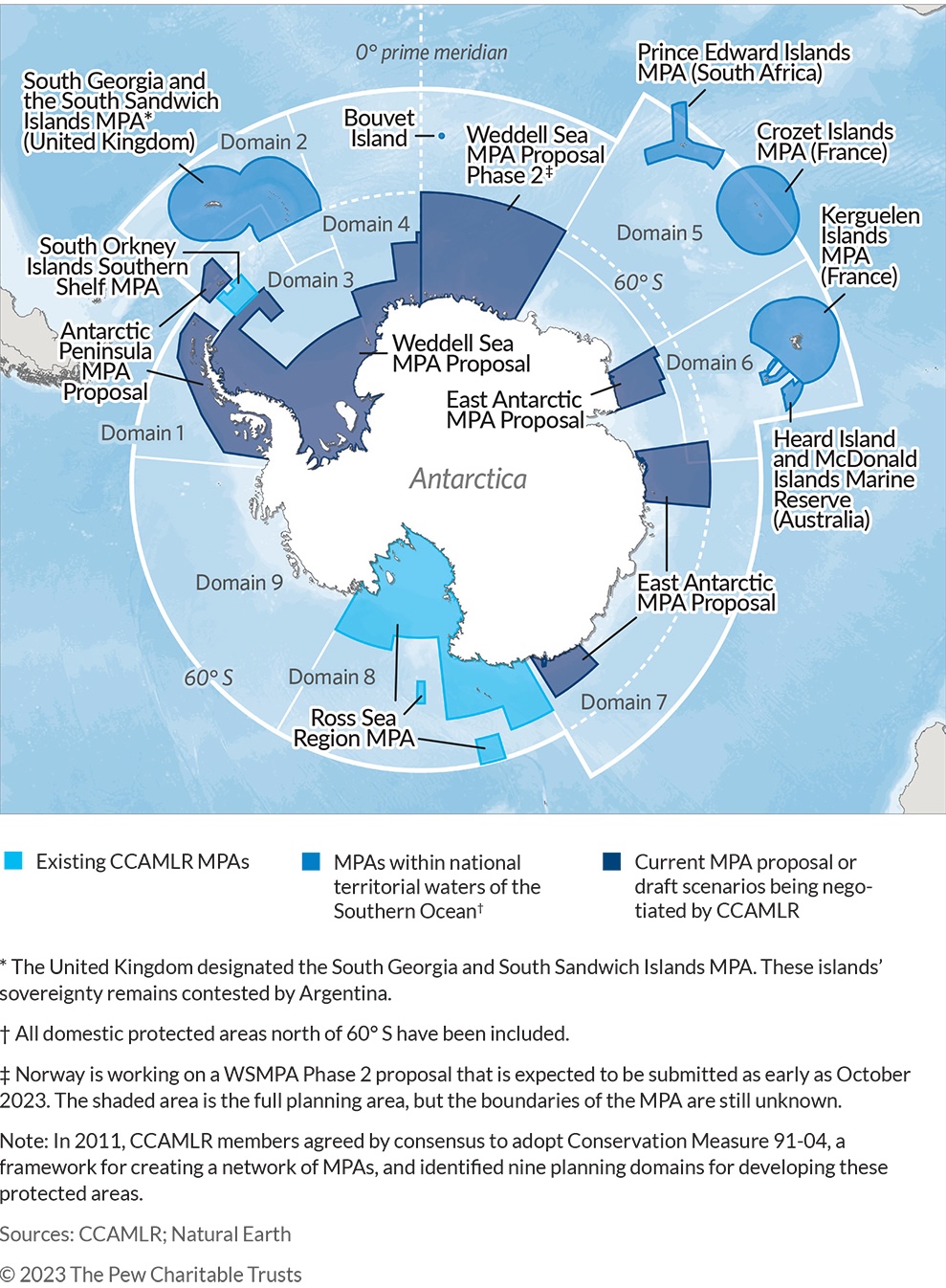











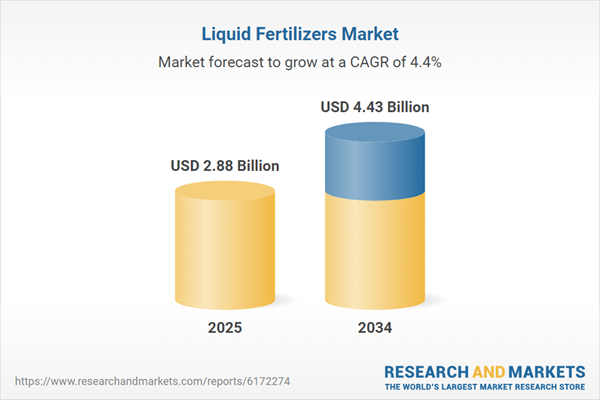

.jpg?h=50da7ea4&itok=DTgFLdpn#)
